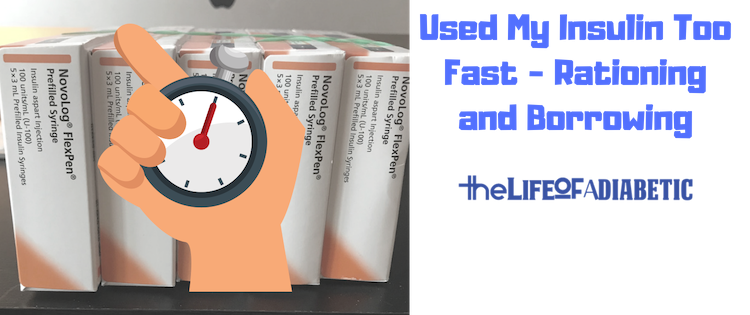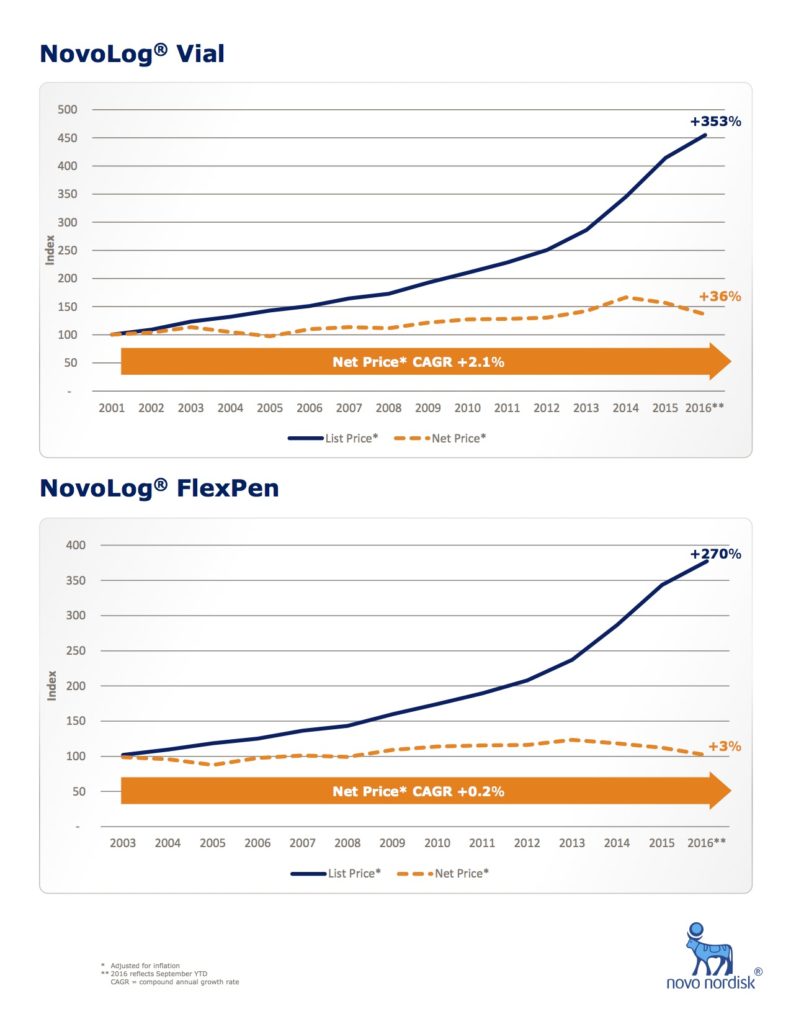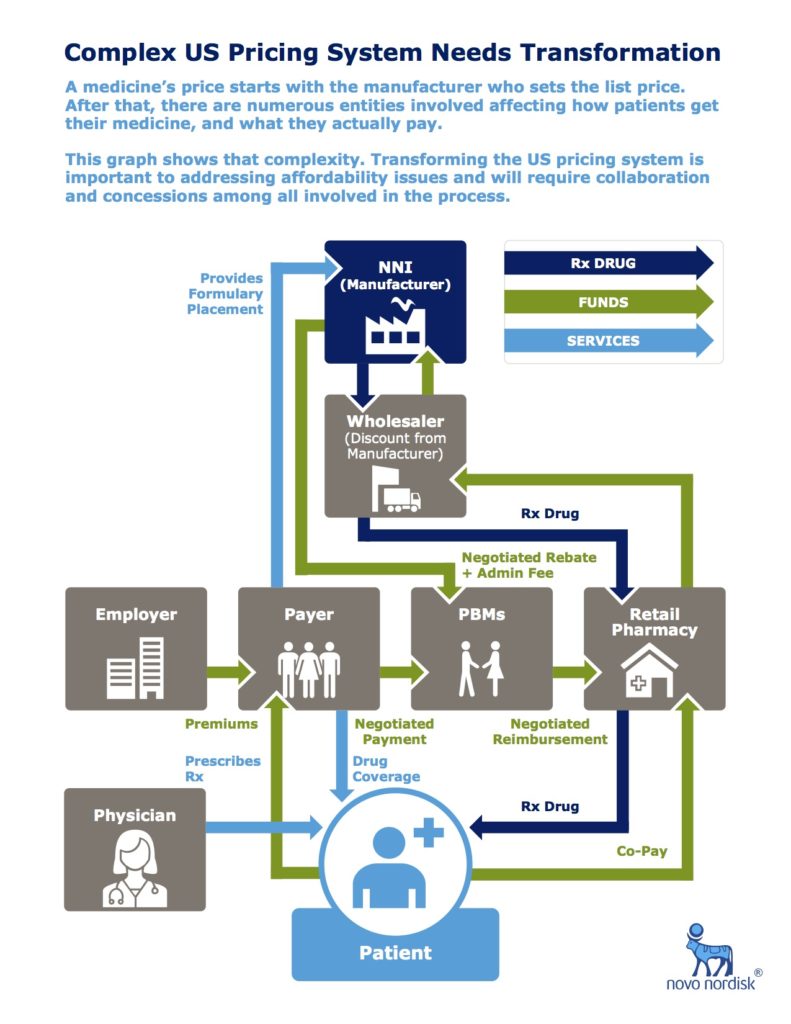In the diabetes community there is a lot of uproar over how you are supposed to advocate, what you are supposed to advocate for and who you are supposed to do it with. Now, I might be mistaken, but don’t I have the right to advocate my own way, about what I want to and with who I want to? I will always advocate my way, because it’s what works for me. I can’t advocate a way someone else wants me to or about someone else’s passion because then I don’t have any passion behind that advocating.
Advocating for something requires passion. Without passion, your advocacy efforts will die out very quickly.
Also, I strongly believe that in order to find a common ground or to get something from someone you must work with them. Attacking people, or companies, is not going to work. It just won’t.
You may not agree with me, and that is fine, it’s an opinion. Opinions aren’t facts, so they can both potentially be right.
So, if that requires me to work with an organization or company to find a solution, then guess what? I’m going to do that.
And guess what else? If you don’t like it, I don’t really care.
You advocate your way.
I will advocate my way.
Build the Tallest Building
They say that there’s two ways to have the biggest building in town.
1. You can just work hard and outwork everyone to build the biggest building in town.
2. You can knock down the current biggest building in town.
 Now, I will choose option 1 every single time. I will never try to advance myself or my advocacy efforts by tearing down someone else’s efforts. And to add to that, I can’t stand people who choose option number 2. Put in the work, do more, and support others who are in the fight together (whether you think they are or not).
Now, I will choose option 1 every single time. I will never try to advance myself or my advocacy efforts by tearing down someone else’s efforts. And to add to that, I can’t stand people who choose option number 2. Put in the work, do more, and support others who are in the fight together (whether you think they are or not).
There are just a lot of negative people out there. Twitter has made it much easier for these people to be even more negative. Wake up complaining, complain all day, go to bed complaining, yet do nothing.
Those are the people who choose number 2 above.
Start working towards accomplishing number 1.
And that’s that.
Bottom line is this. We all have different passions. We may share the same end goal, but approach it differently.

There are people who advocate for the same end goal as me, and I may not agree with how they go about it, but I will still support it, because I know that there are some aspects of their advocacy that are actually helping push the ball forward. I also feel that there are things done that roll the ball back 10 feet for every 1 foot they gain, but that’s how they decide to do it.
Instead of spending time (wasting time) arguing with others how they are advocating, use that same time to push your advocacy effortsforward.
Insert something about bees and honey and vinegar here. I would never want to attract bees, so it makes no sense to me, but you know what I’m saying.




 Now, I will choose option 1 every single time. I will never try to advance myself or my advocacy efforts by tearing down someone else’s efforts. And to add to that, I can’t stand people who choose option number 2. Put in the work, do more, and support others who are in the fight together (whether you think they are or not).
Now, I will choose option 1 every single time. I will never try to advance myself or my advocacy efforts by tearing down someone else’s efforts. And to add to that, I can’t stand people who choose option number 2. Put in the work, do more, and support others who are in the fight together (whether you think they are or not).